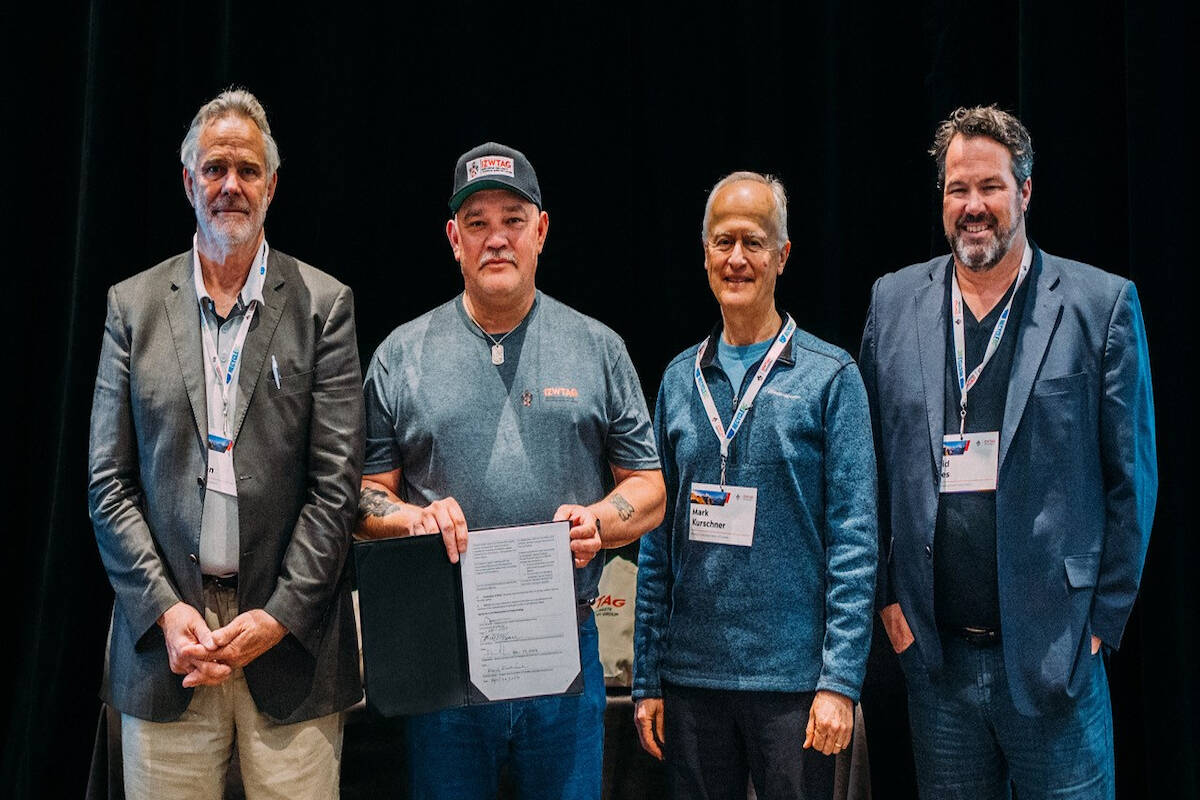A zero-waste Indigenous-run organization has partnered with three stewardship programs to make sure that hazardous goods are taken out and adequately disposed of in First Nations communities across the province.
The partnership includes the Indigenous Zero Waste Technical Advisory Group, BC Used Oil Management Association, Product Care Recycling and the Canadian Battery Association.
The intention behind the project was to help First Nation communities overcome the challenges they face when disposing of dangerous waste.
“We have a lot of coastal communities that we are barging their waste out,” said advisory group president Calvin Jameson. “Sometimes you have to travel up to nine hours up a logging road to reach other communities.”
The transportation of hazardous materials was also a puzzle in itself – it is required by law, federally and provincially, to possess the appropriate licence to transport toxic wastes.
The stewardship programs come into play at this point. These non-profit organizations are the ones responsible for safely handling, transporting and disposing of these hazardous goods.
While the stewardship program has the licences required, remote communities face challenges to access the service.
“It was hard for the communities to find us,” said B.C. Used Oil Management Association CEO David Lawes. “Before we had to find them and they had to find us.”
Lawes said the advisory group is bridging the gap between the services and the communities.
As a roving expert, Jameson works tirelessly with the stewards to connect 98 Indigenous communities with the programs. This initiative has become so successful that Jameson’s team and the stewards have had to increase training to meet the demand.
For Jameson, responsible and secure practices are paramount, noting that hazardous waste can easily end up in B.C.’s waterways if not properly disposed of.
“Any hole that you dig in B.C., or whatever you dump in the ground, leads to a waterway,” said Jameson. “If you don’t have a properly engineered landfill, the oil and other toxic waste will get in the ground and eventually end up in our waterways.”
Jameson said he’s thankful to work alongside others who share the same passion as he has.
“Their passion is to keep our First Nations communities clean.”
RELATED: Tahltan Central Government and province of B.C. agree to create wildlife stewardship program
olivier.laurin@comoxvalleyrecord.com
Like us on Facebook and follow us on Twitter.

